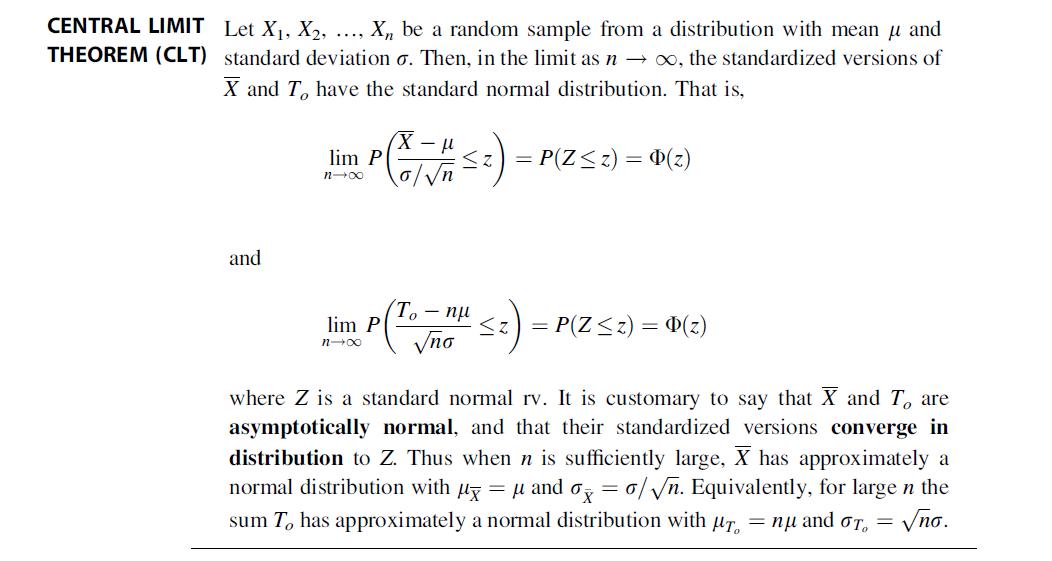Consider independent and identically distributed random variables X 1 , X 2 , X 3 ,
Question:
Consider independent and identically distributed random variables X1, X2, X3, … where each Xi has a discrete uniform distribution on the integers 0, 1, 2, …, 9; that is, P(Xi = k) = 1/10 for k = 0, 1, 2, …, 9. Now form the sum

Intuitively, this is just the first n digits in the decimal expansion of a random number on the interval [0, 1]. Show that as n → ∞, Un converges in distribution to an rv U uniformly distributed on [0, 1], i.e. that P(Un ≤ u) → P(U ≤ u), by showing that the moment generating function of Un converges to the moment generating function of U.
[The argument for this appears on p. 52 of the article “A Few Counter Examples Useful in Teaching Central Limit Theorems,” The American Statistician, Feb. 2013.]
Central Limit Theorems

Step by Step Answer:

Modern Mathematical Statistics With Applications
ISBN: 9783030551551
3rd Edition
Authors: Jay L. Devore, Kenneth N. Berk, Matthew A. Carlton





